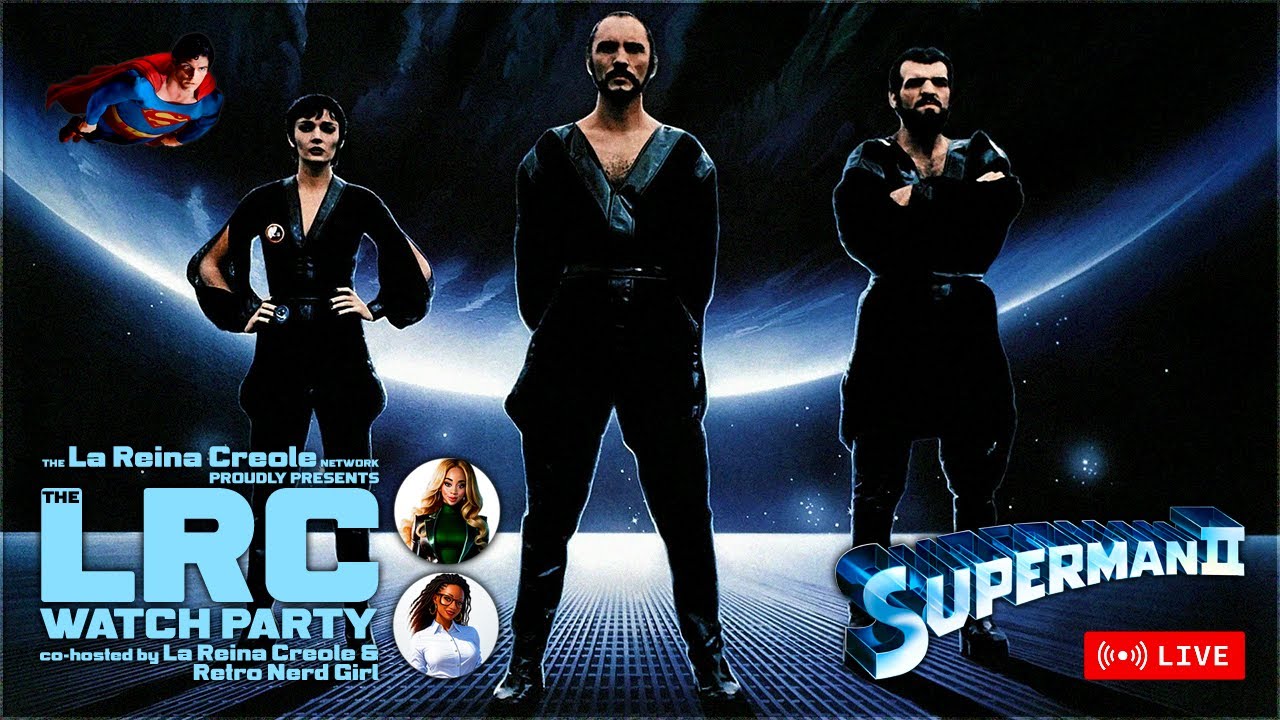
Economic laws, often regarded as objective principles governing the allocation of resources, have shaped human societies in various ways throughout history. These laws—including the dynamics of supply and demand, the role of private property, and the mechanisms of commodity exchange—are universal and operate across all epochs and societies. However, their manifestation varies significantly depending on the societal structure and historical context.
Prehistoric Societies—Hunter-Gatherers and Early Sedentary Communities
In prehistoric societies, characterized by hunter-gatherer and early agrarian lifestyles, economic activity was centered around subsistence. These societies did not operate with the complex economic systems that we associate with later historical periods. Instead, the economy was simple, based on the immediate needs of survival. In these early societies, the concept of commodity exchange was virtually non-existent. Goods produced were primarily for immediate consumption by the producers themselves. While there might have been some rudimentary forms of barter, these exchanges were limited and typically occurred only when surplus goods were available, which was rare in subsistence economies.
The idea of private property, as understood in later periods, was minimal. Personal belongings, such as tools or clothing, were among the few items that could be considered private property. Humans controlled the borders of their territory but not the nature-given resources within it. Thus, their habitat exhibited a duality—it was both a controlled space and, at the same time, an unappropriated environment.
However, the law of diminishing returns played a vivid role in these societies. As populations grew, the productivity of the land and resources within a given area began to decrease, forcing tribes to move to new habitats that could better sustain their increased numbers. This natural limitation on resource availability drove the migration of early human groups and shaped the development of human societies long before the emergence of more complex economic systems.
Classical Antiquity—Ancient Civilizations like Rome and Greece
As human societies evolved, the development of agriculture and the formation of cities led to more complex economic systems. Ancient civilizations, such as those of Greece and Rome, were characterized by economies that relied heavily on slave labor. In Classical Antiquity, markets started to assume a more significant role. Agricultural produce, crafted goods, and even slaves themselves became commodities exchanged in these markets.
International trade also began to play a significant role, establishing extensive networks of commerce. These trade routes connected diverse regions, facilitating the exchange of goods, ideas, and cultural practices across vast distances.
Private property became a central element of the economy in slave societies. The elite class owned vast estates, along with the slaves who worked on them. Ownership of land and slaves was a primary means of accumulating wealth and maintaining social status. The laws of supply and demand operated within a framework of severe inequality because the vast majority of the population were not functioning as free economic agents but were controlled by the elite.
While markets existed and functioned according to these laws, the broader economic structure was dictated by the power dynamics between the ruling class, free citizens, and the enslaved population.
Feudalism—Medieval Europe
Following the decline of the Roman Empire, European societies transitioned into a feudal system, which dominated the Middle Ages. Feudalism was characterized by a rigid hierarchical structure, with the economy primarily based on agriculture and the ownership of land.
Under feudalism, markets existed but were limited in scope. The vast majority of goods produced by peasants (or serfs) were for their own subsistence, with only a small surplus being traded in local markets. These markets were not the primary drivers of the economy; instead, economic life was organized around the obligations and duties between lords and serfs.
Land was the primary form of wealth in feudal societies, and it was owned by the nobility. However, this ownership was not absolute in the modern sense; it was more about control over land and the right to extract rent and labor from those who worked it. Serfs, who were tied to the land, had few rights and were bound to their lords, who provided protection in exchange for labor and a portion of their produce. The economic laws of feudalism were deeply intertwined with the social hierarchy. The market laws of supply and demand were inhibited by feudal obligations, which dictated economic relationships. However, as surplus production grew and markets expanded, the influence of market laws started to rise, setting the stage for the eventual transition to capitalism.
Early Capitalism and Mercantilism—16th to 18th Century Europe
The decline of feudalism and the rise of nation-states in Europe gave birth to early capitalism, particularly under the mercantilist system. This period, spanning from the 16th to the 18th centuries, was marked by the growth of international trade, the accumulation of wealth through colonization, and significant state control over economic activities.
Commodity exchange expanded significantly during this period, particularly with the growth of international trade. Nations sought to accumulate wealth by maximizing exports and minimizing imports, often through state-imposed tariffs and trade restrictions. The economy began to shift from predominantly agrarian production to commercial and industrial activities.
Private property became increasingly important as capitalism developed. Capital, in the form of ships, factories, and land, was owned by individuals or corporations, who invested in production for profit. However, the state often played a significant role in directing economic activity, using its power to promote national interests. The laws of supply and demand began to play a more central role in determining the production and distribution of goods. However, these laws were often distorted by state intervention, as governments sought to achieve specific economic objectives, such as a favorable balance of trade. The mercantilist policies of the time often limited the full expression of market forces, as the state retained significant control over the economy.
Developed Capitalism under Classical Liberalism—19th Century Europe and North America
The 19th century saw the full emergence of developed capitalism, particularly under the influence of classical liberal ideas. Thinkers like Adam Smith advocated for a free market economy with minimal government intervention, which they believed would lead to the most efficient allocation of resources and the greatest economic growth.
Under developed capitalism, commodity exchange became the dominant force in the economy. Markets were the primary mechanism for distributing goods and services, and competition among producers drove economic development. The Industrial Revolution, which marked this period, was characterized by rapid industrialization, urbanization, and the growth of a capitalist economy. For the first time in human history, the Malthusian trap, in which population growth outstrips food production, leading to cycles of famine and poverty, was overcome. Capitalism enabled sustained economic growth, rising living standards, and technological innovation on an unprecedented scale.
Private property was the cornerstone of the capitalist economy. Individuals and corporations owned the means of production—factories, machinery, and land—and used them to produce goods for profit. The protection of private property rights was seen as essential for the functioning of the capitalist system, as it encouraged investment and innovation. The laws of supply and demand operated freely in this system, guiding the production and distribution of goods. Market competition drove innovation, efficiency, and economic growth.
Socialism—20th Century and Beyond
The 20th century witnessed the rise of socialism as an alternative to capitalism. Socialism, particularly in its Marxist form, advocated for the collective or state ownership of the means of production, with the aim of reducing inequality and ensuring that wealth was distributed more equitably.
However, economic laws are immutable and continued their inner workings under socialism. Despite attempts to outlaw the market, these laws persisted, giving rise to a black market that operated outside official channels. This demonstrated that while the surface structures of the economy could be altered, the underlying market laws continued to function. In essence, socialism inhibited what was working well under capitalism, leading to inefficiencies, shortages, and misallocation of resources. Without the price signals provided by free markets, it was difficult for planners to accurately assess demand and allocate resources efficiently, leading to systemic problems in all known socialist economies.
The Inevitable Force of Economic Laws
Throughout history, it is evident that economic laws work as evolutionary forces, gradually shaping human societies. These laws, while objective and consistent across different epochs, have manifested progressively over time, climaxing in their fullest expression under capitalism.
The progression of economic laws from prehistoric societies through slave economies, feudalism, and mercantilism illustrates a clear evolutionary trajectory where each stage built upon the foundations of the previous one, leading to more complex and efficient economic systems. The culmination of these forces under capitalism serves as a testament to the power of economic laws as driving forces in the progress of human civilization, with socialism serving as a cautionary tale of what happens when these forces are artificially constrained. The attempt to suppress market dynamics resulted in the breakdown of healthy economic relations and chronic stagnation, pushing society back into the Malthusian trap.
As we progress into the 21st century, many societies have adopted “mixed” economic policies, sacrificing the effectiveness of market forces for the elusive goal of economic “equality,” irresponsibly neglecting the objective nature of economic laws and the lessons of history.
Originally Posted at https://mises.org/
Stay Updated with news.freeptomaineradio.com’s Daily Newsletter
Stay informed! Subscribe to our daily newsletter to receive updates on our latest blog posts directly in your inbox. Don’t let important information get buried by big tech.
Current subscribers:



